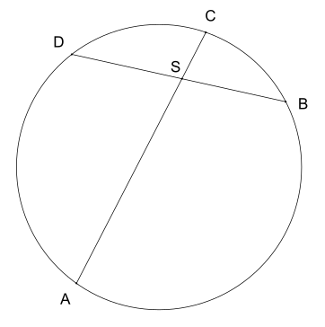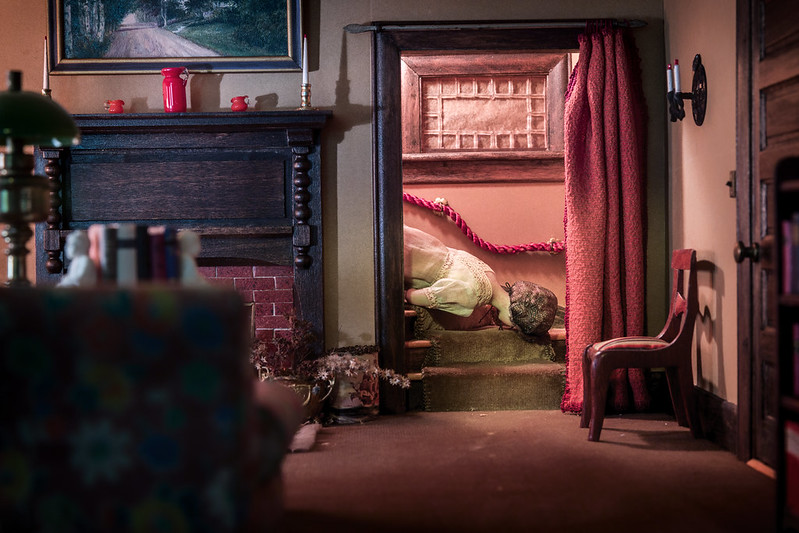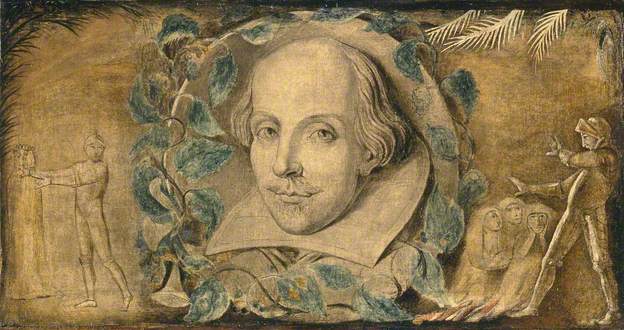
The Icelandic word gluggaveður (literally, “window weather”) means weather that looks appealing from indoors but would be unpleasant to go abroad in.
One of Haggard Hawks’ obscure words.

The Icelandic word gluggaveður (literally, “window weather”) means weather that looks appealing from indoors but would be unpleasant to go abroad in.
One of Haggard Hawks’ obscure words.

A drop of ink has fallen upon the paper and I have walled it round. Now every point of the area within the walls is either black or white; and no point is both black and white. That is plain. The black is, however, all in one spot or blot; it is within bounds. There is a line of demarcation between the black and the white. Now I ask about the points of this line, are they black or white? Why one more than the other? Are they (A) both black and white or (B) neither black nor white? Why A more than B, or B more than A? It is certainly true,
First, that every point of the area is either black or white,
Second, that no point is both black and white,
Third, that the points of the boundary are no more white than black, and no more black than white.
The logical conclusion from these three propositions is that the points of the boundary do not exist.
— Charles Sanders Peirce, “The Logic of Quantity,” 1893

If two chords of a circle intersect in a particular angle at S, then the sum of the opposite arc lengths (say, AB + CD) remains the same regardless of the position of S within the circle.
(Nick Lord and David Wells, “A Circular Tour of Some Circle Theorems,” Mathematical Gazette 73:465 [1989], 188-191.)
At a Mensa gathering in 2003, Robert Abbott tried out a new type of maze — five bureaucrats sit at desks, and solvers carry forms among them:
When you enter the maze you are given a form that says, ‘Take this to the desk labeled Human Resources.’ You look for the desk with the nameplate Human Resources, you hand in your form to the bureaucrat at that desk, and he gives you another form. This one says, ‘Take this form to Information Management or Marketing.’ Hmm, there is now a choice. Let’s say you decide to go to Information Management. You hand in your form and receive one that says, ‘Take this form to Employee Benefits or Marketing.’ You decide on Employee Benefits where you receive a form saying, ‘Take this form to Corporate Compliance or Human Resources.’
Of the 30 participants, half gave up fairly soon, but the rest kept going until they’d solved it, taking 45 minutes on average. Here’s an online version with four desks, and here’s a fuller description of the project and its variants, including a Kafkaesque 2005 version by Wei-Hwa Huang in which the participants don’t know they’re in a maze.

In the 1940s, Frances Glessner Lee brought new rigor to crime scene analysis with a curiously quaint tool: She designed 20 miniature scenes of puzzling deaths and challenged her students to investigate them analytically. In this week’s episode of the Futility Closet podcast we’ll describe the Nutshell Studies of Unexplained Death and their importance to modern investigations.
We’ll also appreciate an overlooked sled dog and puzzle over a shrunken state.

Ecologists often have to estimate the number of unseen species in an ecosystem: If I count x species of butterfly during my time on an island, how many species probably live there that I did not see? In 1975, Stanford statisticians Bradley Efron and Ronald Thisted applied the same question to the works of William Shakespeare: If we take the Bard’s existing works as a sample, what can we infer about the size of his total vocabulary?
Shakespeare’s known works comprise 884,647 words, which fall into 31,534 “types,” or distinguishable arrangements of letters. Efron and Thisted applied two approaches and found that they produced the same estimate: If a new cache of the playwright’s works were discovered today, equal in size to the old, it would likely contain about 11,460 new word types, with an expected error of less than 150.
So how many word types altogether did Shakespeare know? No upper bound is possible, but they established a lower bound of 35,000 beyond the 31,534 already used — in other words, to write the works that we know of, he likely used less than half his total vocabulary.
(Bradley Efron and Ronald Thisted, “Estimating the Number of Unseen Species: How Many Words Did Shakespeare Know?”, Biometrika 63:3 [1976], 435-447.) (Thanks, Brent.)
Ancient Chinese documents describe a two-wheeled vehicle fitted with differential gears so that a pointer indicating south at the start of a journey would maintain that orientation as the vehicle wended its way through a landscape. In principle such a pointer could serve as a compass though no magnets were involved. From the sixth-century Book of Song:
The south-pointing carriage was first constructed by the Duke of Zhou (beginning of the 1st millennium BC) as a means of conducting homeward certain envoys who had arrived from a great distance beyond the frontiers. The country to be traversed was a boundless plain, in which people lost their bearings as to east and west, so [the Duke] caused this vehicle to be made in order that the ambassadors should be able to distinguish north and south. The Gui Gu Zi book says that the people of the State of Zheng, when collecting jade, always carried with them a ‘south-pointer,’ and by means of this were never in doubt [as to their position].
In practice such a device would inevitably accumulate errors — so possibly it was most valuable as an amusement that impressed foreign visitors.

On June 10, 1944, a German Waffen-SS company massacred the inhabitants of Oradour-sur-Glane in Nazi-occupied France. The men were shot with machine guns, and the women and children were locked in a church that was set afire. In all, 642 residents were killed.
After the war, Charles de Gaulle ordered that the village not be rebuilt but serve as a memorial to the horrors of the Nazi occupation. A new village was built nearby, but the ruins of the “martyred village” have stood unchanged for 75 years.
Linguist Ghil’ad Zuckermann writes homophonous poems: One part written in Israeli Hebrew sounds the same as another written in Italian, and both make sense.
(In my notes I see that the same example appeared in Word Ways in November 2003.)
O blessed Letters, that combine in one
All ages past, and make one live with all:
By you we doe conferre with who are gone,
And the dead-living unto councell call:
By you th’ unborne shall have communion
Of what we feele, and what doth us befall.
— Samuel Daniel, Musophilus, 1599